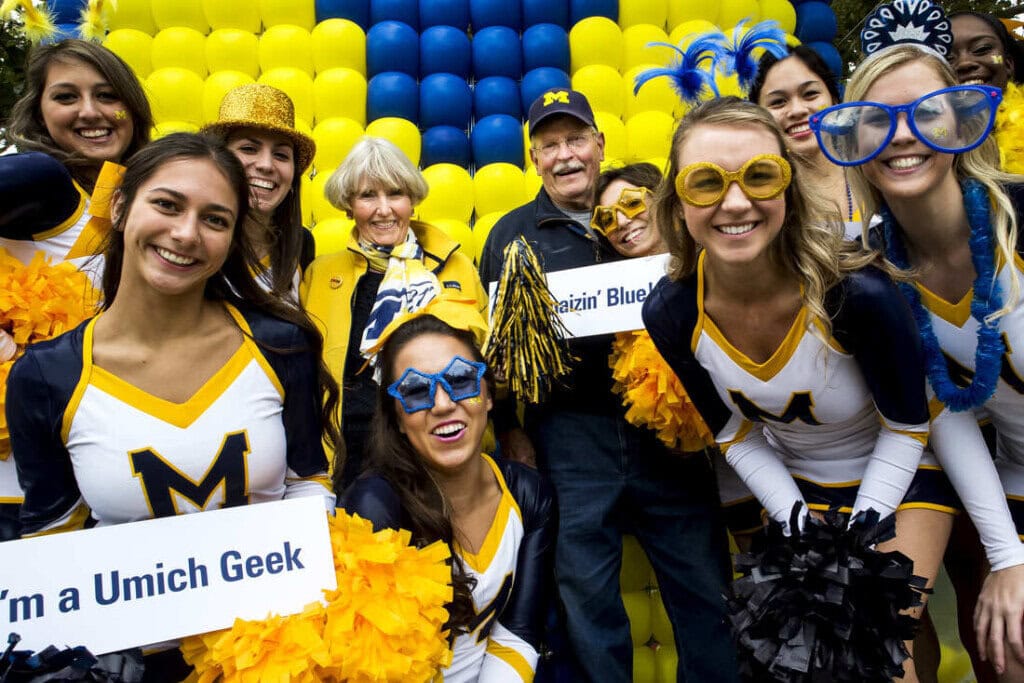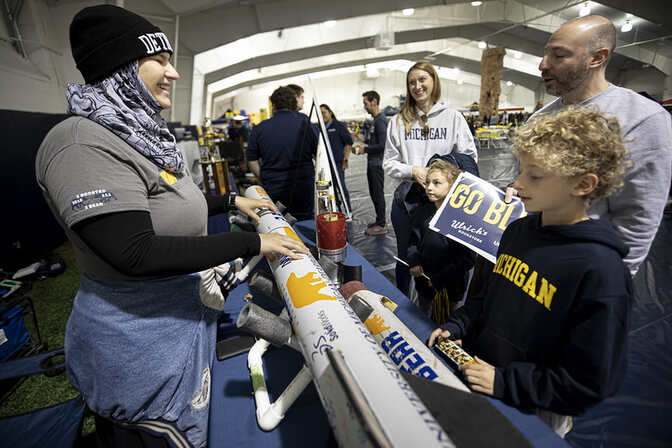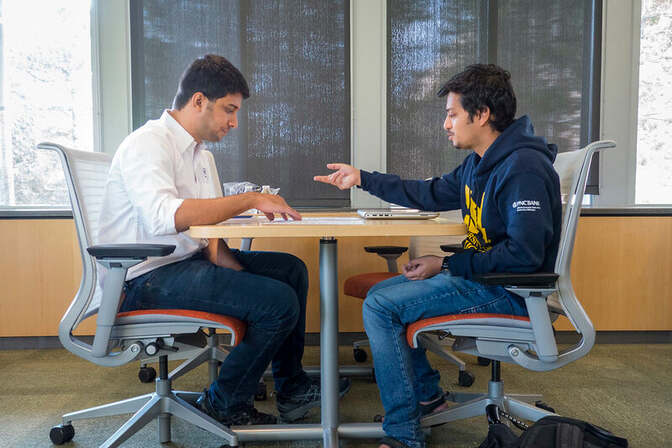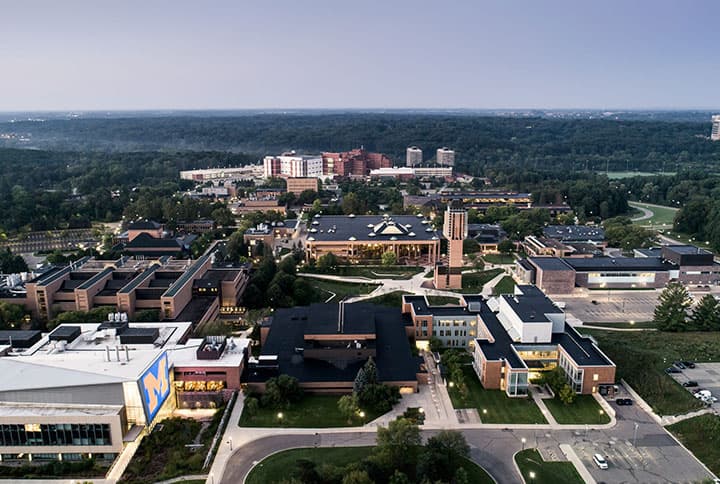
Alumni & friends
Connect and make a difference
Wherever you go, go blue!
There are many ways you can stay involved with the College as a Michigan Engineering alumni. We have the resources to help stay informed, volunteer, and even sharpen your skills through additional degrees and certifications.
Volunteer
As an alum, you’ve gained years of career experience and insight. That experience is incredibly valuable to our students. There are many ways to share your time and talent.
Learn
Stay motivated in your life-long learning journey. Take advantage of professional education opportunities that help you keep your edge.
Connect
Whether you’re looking to network with other Michigan Engineering alumni, find an old friend, or stay connected with the College, we have resources to help you stay in touch.
Alumni Awards
Our alums are out there changing the world, and we want to recognize that! The annual awards honor those alumni who personify the College’s tradition of excellence.
Career Resources
Your career is a lifelong learning process that goes well beyond a paycheck. Utilize your strong alumni network to help you connect with employers.
Homecoming weekend
Every fall, alumni come back to Ann Arbor to connect with faculty and students, hear the latest College updates, and revisit their favorite places.


Become an alumni mentor
Help students explore career paths, network, and develop professional skills.

News & research
The University of Michigan’s Engineering Research News site is the home for research news told across a diverse array of formats, from stories and videos to photography and podcasts. Our writers, multimedia producers, and creators bring you inside the labs driving engineering forward to serve the common good. View the Michigan Engineering news site.
Video transcript
Hamilton:
It brings you back to a sense of normalcy. It’s like you have a hand again.
Chestek:
Advanced prosthetic hands on the market can do lots of things.
Cederna:
These are beautiful prosthetics with incredible capabilities, but we’ve had no way to control them.
Chestek:
To get that kind of control, you really have to go to the nerves.
Cederna:
The problem with most of the technologies we have is that the signals are really tiny.
You have tiny little peripheral nerve signals, and you have noise in those signals that’s about the same size.
So when you try to hear what a peripheral nerve is saying, you actually can’t hear it.
We designed a way to connect up with the peripheral nerves with a piece of muscle.
When a tiny little peripheral nerve signal comes down the nerve, it goes into the muscle and becomes a huge muscle signal.
Chestek:
We’ve now seen, to my knowledge, the largest voltage recorded from a nerve compared to all previous results.
That makes these signals big enough that we can record them and interpret them for controlling a prosthetic hand.
Hamilton:
It brought back into my mind the thought of: “Well, if I had something like this, I could actually be out working without risking hurting myself.”
Sussex:
I think it’s a really good step into the future.
It’s a good way to move forward for not only me but for other people.
Chestek:
You can make a prosthetic hand do a lot of things, but that doesn’t mean the person is intuitively controlling it.
So the difference is—the person just thinks about moving.
This worked the very first time we tried it.
Now we can access signals associated with individual thumb movement, multi-degree-of-freedom thumb movement, individuated fingers—
and this opens up a whole new world for people who are upper-limb prosthesis users.
Give
There are a number of ways you can give to Michigan Engineering to help us enrich the student experience, foster excellence in research and improve lives worldwide.